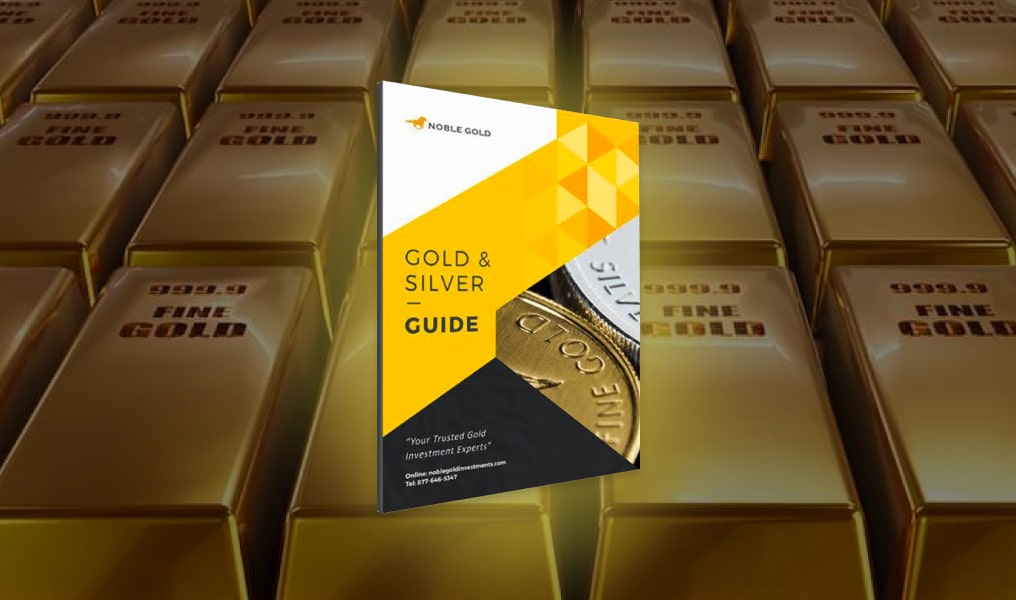With the prices for almost everything rising and inflation devaluing purchasing power, some Americans may have considered dipping into their retirement savings to free up some additional disposable cash.
Hopefully, everyone who opens an IRA already understands that early withdrawals come with penalties and fees, but in some cases, there are additional rules that govern how and when you can take money out of your retirement account, such as the Roth IRA five-year rule. Keep reading to learn more about the 5-year rule and how it impacts investors.
Roth IRAs: A Quick Overview
A Roth IRA is a retirement account that offers significant tax benefits to its investors. Established under the Taxpayer Relief Act of 1997, the Roth IRA allows individuals to make after-tax contributions to enjoy tax-free withdrawals during their retirement years. Earnings on the account also grow tax-free, which is a notable advantage over a traditional IRA, where contributions are tax-deductible, but withdrawals are taxed as ordinary income.
In addition to the tax advantages, the Roth IRA offers a level of flexibility that makes it an attractive option for long-term financial planning. Unlike traditional IRAs, which incur penalties for early withdrawals, Roth IRAs allow penalty- and tax-free withdrawals of contributions (without earnings) at any time.
This accessibility makes the Roth IRA a prudent tool for saving in retirement and a valuable resource for meeting unforeseen financial needs or pursuing other life goals, such as buying a home or funding higher education. Overall, the Roth IRA is a beneficial and versatile tool for individuals seeking a balance between financial security and flexibility in their retirement planning strategy.
The Roth IRA “Five-Year Rule” Explained
The five-year rule was introduced by the U.S. government in 1996 and is aimed at individuals who wish to withdraw funds from their retirement accounts. The rule states that capital gains from the sale of assets held for more than five years are taxed at a lower rate than those held for less than five years. This rule is intended to encourage long-term investing by allowing investors to benefit from lower taxes on their gains.
The five-year rule applies to individuals and businesses and is an important part of U.S. tax law. If you don’t comply with the five-year rule, you may have to pay taxes on withdrawals and pay a 10 percent early withdrawal penalty.
All retirement account holders, whether they own, convert, or inherit their accounts, should consult with a financial advisor before making a withdrawal to ensure there are no negative consequences.
Five-Year IRA Conversion Rule
The Roth IRA five-year rule also affects those who convert their traditional IRA to a Roth IRA. Regardless of age, the rule requires the account holder to wait five tax years from the conversion date before withdrawing the converted balance.
If this rule isn’t followed, the amount withdrawn is also subject to a 10% penalty. This means that it’s important for those considering converting an existing retirement plan to a Roth IRA to understand and comply with this provision to avoid incurring unnecessary penalties or fees.
Five-Year Inherited Roth IRA Rule
In the case of inherited Roth IRAs, this five-year rule applies to the original account owner and not necessarily to the beneficiary. If the original account owner didn’t hold his Roth IRA for at least five tax years before his death, any income withdrawn by a beneficiary may be subject to income tax.
However, if the original account owner held his or her Roth IRA for more than five years before his or her death, all withdrawals by beneficiaries are exempt from income tax.
Starting The Five-Year Clock
Once the five-year period has begun, it remains in effect and continues until you make a qualified revocation. It’ll continue to run even if no deposits or withdrawals are made from the account after the period begins.
You can start this five-year period early by making deposits or conversions before you file your April tax return. By doing so, you essentially start the period earlier than it otherwise would and buy yourself more time for potential investment growth in your Roth IRA.
How The Five-Year Rule Can Impact Your Tax Bill
Understanding how the five-year rule affects your tax bill will help you make informed financial decisions when investing in a Roth IRA. If you meet all the requirements of the Five-Year Rule when you make withdrawals from your retirement account, your withdrawals will be considered qualified and tax-free and can help you avoid penalty fees on withdrawals.
Meeting all the requirements of the Five-Year Rule can help you maximize your tax-free earnings in retirement and keep more money in your pocket. If you don’t meet the five-year rule, you may have to pay higher taxes on your investment income unless you qualify for one of the early withdrawal exemptions.
Exceptions To The Early Withdrawal Penalty
Several exemptions allow you to avoid the 10 percent tax penalty on your tax bill for early Roth IRA withdrawals, even if the asset was held for less than five years. However, it’s important to note that each exception may have its own conditions and requirements before it’s considered valid by the IRS. The exceptions include the following:
- Assets held for more than one year but less than five years if the taxpayer is disabled or deceased
- Withdrawals of distributions for qualified medical expenses or health insurance premiums while unemployed
- Withdrawals for the purchase of a first home (up to $10,000)
- Withdrawal of funds due to an IRS skim
- Assets held for more than one year but less than five years if the taxpayer is a qualified small business owner or real estate broker
- Distribution as part of a series of substantially equal periodic payments
- Withdrawal due to total and permanent disability
- Assets held for more than one year but less than five years if the taxpayer is a qualified farmer
- Use of funds to pay unreimbursed medical expenses above 7.5% of adjusted gross income
- Use of funds for qualified reserve distributions
Does The Five-Year Rule Apply To Self-Directed IRAs?
The Roth IRA five-year rule applies to self-directed IRAs because the same withdrawal rules and regulations apply to both accounts. SDIRAs offer more flexibility in the types of investments you can make, such as real estate, precious metals like gold and silver, private companies or corporate bonds, cryptocurrencies, and commodity futures like crude oil.
As with a traditional Roth IRA, SDIRA’s five-year rule requires account holders to wait at least five years before withdrawing earnings or converted assets from their Roth IRA, regardless of age. Failure to comply with this rule can result in a 10% tax penalty.
Open An IRA Backed By Precious Metals
If you’re searching for a retirement savings plan that doesn’t rely on traditional stocks and bonds, you should consider investing in a gold IRA with Noble Gold Investments. Gold and silver IRAs have all of the same tax advantages as conventional IRA products while making an excellent hedge against inflation and instability.
Call us today at (877) 646-5347 to speak to our team about how a precious metals IRA works, or you can click here to get started by creating an account.







